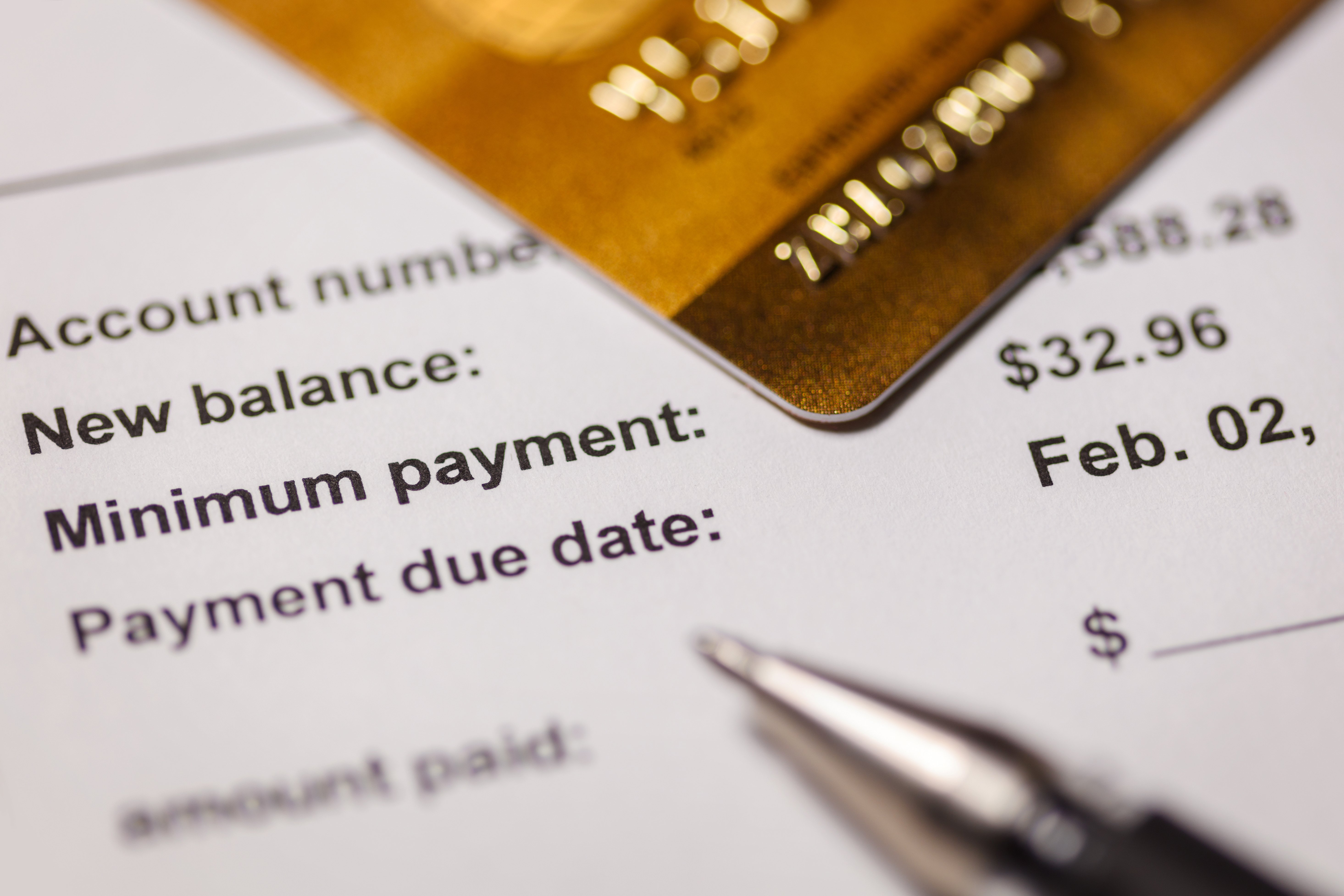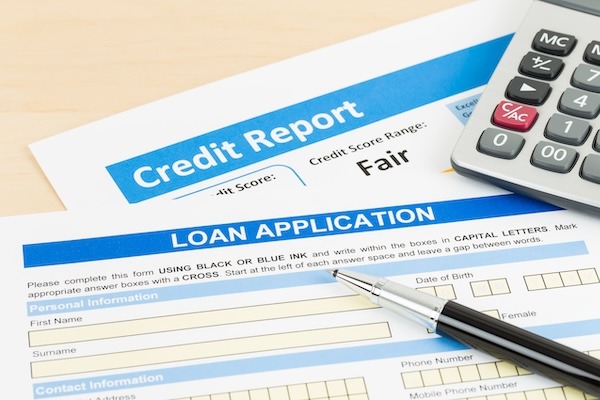5 Dangerous Financial Myths Holding Back Your Money Growth
Most of us believe at least one money myth without realizing it — a piece of “common wisdom” that quietly limits our personal finance growth. From...
Whether you're covering unexpected expenses, making a big purchase, or just need extra cash, our personal loans offer simple, flexible funding tailored to your needs.
Simplify your finances with a loan that combines multiple payments into one. Our consolidation loans help reduce stress and keep your budget on track.
Upgrade your living space with financing designed for renovations, repairs, or remodeling. Our home improvement loans help you enhance your home’s comfort, value, and functionality—on your terms.
Explore expert insights, financial tips, and strategic guidance from the Symple Lending team. Our insights and resource articles are your go-to source for empowering content that helps you make informed decisions on your journey to financial freedom.
Stay up-to-date with the latest press releases, media features, and major announcements from Symple Lending. This section showcases how we're making headlines and driving innovation in the lending industry.
5 min read
Breanne Neely : May 17, 2025 12:00:00 AM

Table of Contents
Did you know that the true cost of a personal loan can be up to 10% higher than the advertised amount due to hidden fees? While many borrowers focus solely on interest rates, it's often the lesser-known charges that can significantly impact your wallet.
Understanding personal loan fees isn't just about being financially savvy—it's about protecting your hard-earned money and making informed borrowing decisions. From origination fees that silently eat into your loan amount to surprising prepayment penalties that can trap you in debt longer than necessary, knowing what to look for can save you thousands.
Personal loans offer smart financing options for adults between 25 and 50 years old. These loans come with fixed repayment schedules and often feature better interest rates than credit cards, making personal loan fees more manageable.
Many people choose personal loans to merge multiple debts into one payment, fund home improvements, or cover major life events like weddings. They're also commonly used for:
The structured nature of personal loans helps borrowers stay on track with payments while working toward their financial goals.
When you take out a personal loan, you'll need to pay more than just the money you borrow. Loan fees are extra charges that add to your total borrowing cost. These fees can make a big difference in how much you actually pay over time.
Common fees associated with personal loan include:
Many of these fees appear in the fine print, so it's important to review your loan agreement carefully. Some fees might be negotiable, while others are standard across most lenders.
Origination fees cover the cost of processing and setting up your personal loan. These fees typically range from 1% to 10% of your loan amount and come straight out of your funds when the loan is approved.
To find these fees in your paperwork, look for terms like "origination fee," "processing fee," or "administrative fee." Check your loan disclosure statement carefully for percentage-based charges.
Here's how it affects your wallet: If you take out a $10,000 loan with a 5% origination fee, you'll pay $500 upfront. While you'll still make payments on the full $10,000, you'll only receive $9,500 in your account.
Application fees are flat charges that some lenders require when you submit a loan request. While these fees are becoming less common in today's lending market, they still exist and typically run between $25 to $100.
You'll find application fees listed as separate line items early in the loan process. Many lenders ask for payment before they'll review your application, and these fees are usually non-refundable - even if you don't get approved for the loan.
Before applying, check if the lender charges an application fee. Since many lenders now skip this charge, you can often find options that don't require this upfront cost. Remember that paying multiple application fees while shopping for loans can quickly add up.
Some lenders charge fees when you pay off your loan ahead of schedule. These prepayment penalties help lenders make up for the interest they lose when you end the loan early. While less frequent with personal loans than mortgages, these fees can still catch borrowers off guard.
You'll find these charges listed as "prepayment fee," "early payoff fee," or "prepayment penalty" in your loan documents. To skip these costs:
Many lenders now offer loans without these penalties, giving you more freedom to pay off your debt on your own schedule.
Missing your loan payment deadline comes with a price. Late payment fees typically range from $15 to $40, or 5% of your monthly payment amount, depending on your lender.
These fees can hurt more than your wallet. When payments are over 30 days late, lenders usually report them to credit bureaus. This negative mark stays on your credit report for seven years and can lower your credit score significantly.
To understand late payment charges in your loan agreement:
When automatic loan payments fail due to low account balances, you'll likely face both insufficient fund fees and overdraft fees. These charges typically cost $25 to $40 each time, and you might get hit twice - once by your lender and once by your bank.
Working with a loan broker? They often charge 1% to 8% of your loan amount for their services. Make sure they tell you these costs before you start working together.
Some lenders also add small fees (1-3%) for credit or debit card payments. You can usually skip these charges by setting up bank transfers or automatic payments instead.
Reading loan agreements carefully helps you spot all the additional and hidden fees. Before signing, ask for a complete fee schedule and focus on sections marked "Fees," "Charges," or "Penalties." If terms seem unclear, have the lender explain them in writing.
Key steps to check:
Remember: don't sign any agreements with fee structures you don't fully understand. Consider asking a financial advisor to review complex loan terms.
Looking for a no-fee or low-fee personal loan? Start by comparing offers from online lenders, credit unions, and banks that advertise "no origination fees." Get pre-qualified with several lenders to weigh your options without hurting your credit score.
To skip late payment charges:
When reading loan documents, search for the word "fee" and note all conditions that trigger charges. Look for fee waivers and ways to qualify for them. Understanding all possible personal loan fees helps you keep costs down over the life of your loan.
Let's look at the real cost of loan fees with a $20,000 loan at 7% interest over 5 years. Without fees, you'd pay $396.02 monthly, totaling $23,761.20. Add a 5% origination fee ($1,000), and you'll get only $19,000 but still pay interest on $20,000. This raises your actual APR to 9.5%.
Late fees stack up too. Three $30 late fees per year on a $15,000 loan cost $90 annually or $450 over five years. Plus, your credit score takes a hit.
Want to pay off early? A 2% prepayment penalty on a $30,000 loan costs $600, cutting into your $1,200 interest savings. You'll still come out $600 ahead, but the penalty takes half your benefit.
When picking a personal loan, look for lenders who spell out all fees clearly from the start. Check the Consumer Financial Protection Bureau's complaint database and read reviews across multiple websites to spot red flags about hidden charges.
Credit unions often charge lower fees than traditional banks. Before signing any loan agreement, add up all the costs - including interest and fees - to see if borrowing still makes financial sense for your situation.
Keep copies of all fee disclosures and loan documents. If you're unsure about any charges, ask the lender to explain them in writing or consult with a financial advisor who can review the terms.
Before signing on the dotted line, take time to thoroughly understand every fee associated with your personal loan. Remember that the most affordable loan isn't always the one with the lowest interest rate—it's the one with the lowest total cost when all fees are considered.
Your financial well-being depends on making informed decisions about personal loans. By staying vigilant about fees, comparing multiple lenders, and carefully reading loan agreements, you can secure financing that truly serves your needs without unnecessary costs. Consider this guide your roadmap to smarter borrowing.
Disclaimer: The information provided in this blog post is for educational and informational purposes only and should not be considered as financial, legal, investment, or tax advice. Symple Lending is not responsible for any financial outcomes resulting from following the information or ideas shared in this blog. Every individual's financial situation is unique, and we strongly encourage readers to take their own circumstances into consideration and consult with a qualified financial, legal, tax, and investment advisor before making any financial decisions. Symple Lending does not provide financial, legal, tax, or investment advice.

Most of us believe at least one money myth without realizing it — a piece of “common wisdom” that quietly limits our personal finance growth. From...

Have you ever started the month with grand savings plans only to find your account balance exactly where you left it? You're facing a common...

Did you know that Americans collectively spend over $200 billion in credit card interest and fees annually? That’s because making minimum payments on...

Did you know that borrowers who compare just three different loan offers save an average of $3,000 over the life of their loan? Yet surprisingly,...

Did you know that a personal loan could both hurt and help your credit score—sometimes simultaneously? While most borrowers worry about the negative...

Ever wondered why personal loans have become a financial lifeline for those navigating the unpredictable waters of midlife? Unlike the structured...